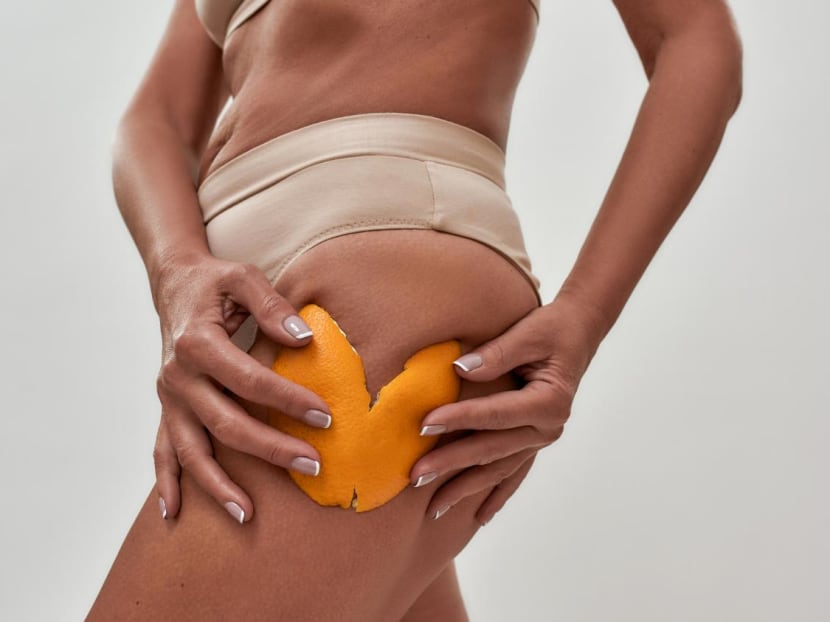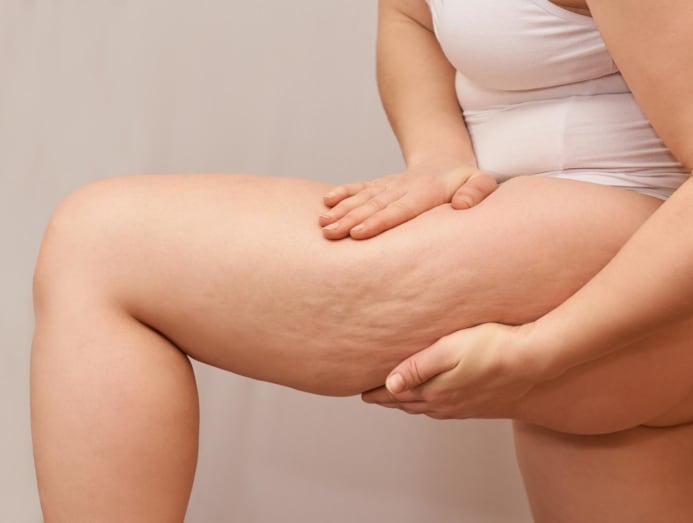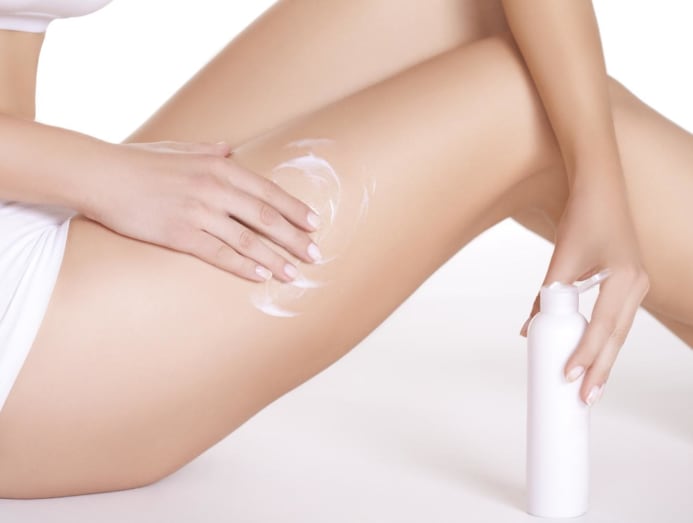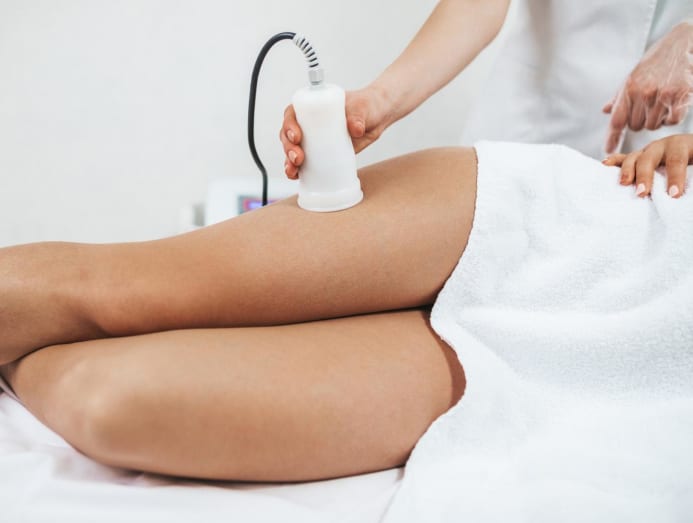The truth about cellulite: What is it, why do we get it and what can we do about it?
It’s not true that cellulite afflicts only those who have more fat. Even people who seem to have little can have it, too. Here's what you need to know.

(Photo: iStock)
Ah, that mysterious thing called cellulite. That telltale dimpled, crinkled skin whose cause even doctors cannot fully explain.
The truth is that while no one truly knows why you get cellulite, experts say it appears to be a result of interaction between the fibrous connective tissue in the layer that lies below the surface of the skin, and the layer of fat that lies below that. When fat cells accumulate, they protrude against the layer of skin, causing a dimpled, “orange peel” look on the skin.
Here are some things to know about cellulite.
LEAN FOLKS CAN HAVE CELLULITE, TOO
It’s not true that cellulite afflicts only those who have more fat. Even people who seem to have little fat can have cellulite. While the condition seems more prevalent in those with excess fat, slim and fit people can have it too, as cellulite is linked to genetic factors, which determine a person’s distribution of fat under the skin, skin type and skin structure, and body type. It can also be affected by hormonal factors.
CELLULITE IS MORE COMMON IN WOMEN THAN IN MEN

Because the way the female body stores fat is different from the male body, cellulite is more prevalent in women than in men. It’s also more visible as you get older, because the skin becomes thinner and loses elasticity, which renders the uneven and dimpled connective tissue under the skin more obvious.
People get cellulite in different places, although it’s most common on the thighs, butt, hips and arms. This is another reason cellulite seems more prevalent in females – fat for women is often distributed in these areas. For some, cellulite can be quite visible, but for others, it only looks more obvious when you press down on or pinch the skin.
CELLULITE ISN’T HARMFUL TO YOUR PHYSICAL HEALTH AND IT ISN’T PAINFUL
Many people live with cellulite, whether it is obvious or not, with no problems. But for some, the appearance of dimpled and bumpy skin can be a cause of distress. While you can’t control the genetic or hormonal factors, certain lifestyle changes and treatments are available to treat cellulite, with some methods being more effective than others.
HOW TO TREAT CELLULITE

Exercise. Regular exercise and an active lifestyle can help improve the appearance of cellulite via fat loss, increasing blood flow and circulation and increasing muscle mass. When muscle mass increases and fat decreases, the fat cells can flatten, and may protrude less against the layer of skin.
Weight loss. For the same reason, losing weight and fats can help with cellulite, although as mentioned, lean people can have cellulite as well.
Diet. A healthy diet can go some way towards reducing the effects of cellulite. Cutting out fatty and processed food and taking more food rich in vitamins and antioxidants, and skin-strengthening food such as flaxseed, olive oil and spinach may improve skin texture and help with cellulite.
Massage. Some therapists recommend deep pressure massage to even out the bumps and make cellulite less visible, although results vary and are not permanent.
Dry brushing. This can stimulate blood circulation and lypmphatic flow, which can improve the look of cellulite temporarily. It’s done using a loofah or body brush – gently brush on skin in long or circular strokes, working from the feet and upwards on the whole body.

Anti-cellulite creams. These often contain caffeine, which is known to stimulate circulation. There’s no scientific proof that anti-cellulite creams work on cellulite, but with constant use, most of them can improve the hydration levels of skin, as well as the look of the skin, which can help to minimise the appearance of cellulite. And if nothing else, your skin will feel soft, hydrated and smell great.

Radio frequency, ultrasound, or infrared light treatment. There are many non-invasive treatments offered by aesthetic clinics that use a range of different technologies to get rid of cellulite. Some of these use heat or wave technology to tighten and smooth the skin and reduce the appearance of cellulite.
Surgery or more invasive techniques. More extreme are methods that require invasion into the skin. These include using tiny blades which make small incisions to cut the connective tissue where the fat protrudes into the skin, eliminating the dimpled look. Mesotherapy, where vitamins, enzymes and drugs are injected into skin to tighten and rejuvenate, has also been used to reduce the appearance of cellulite.








